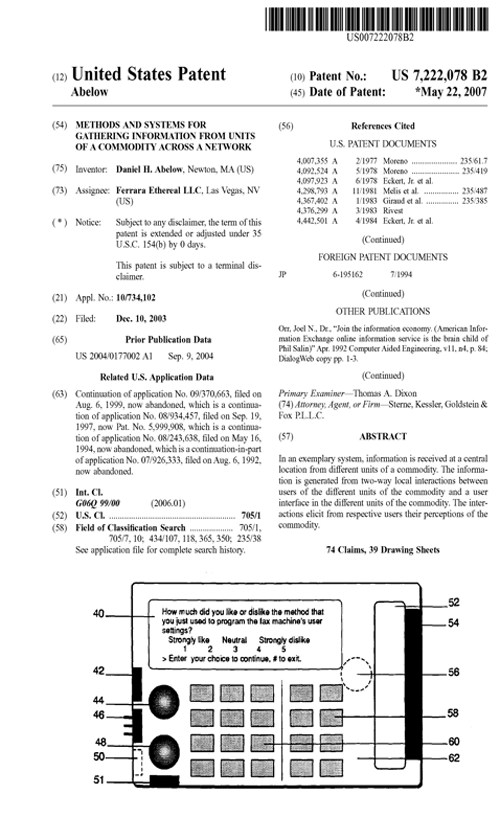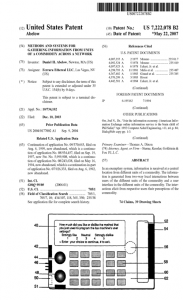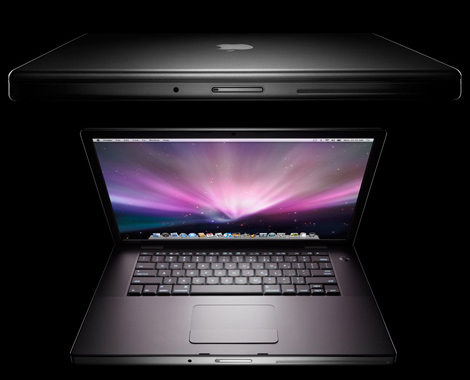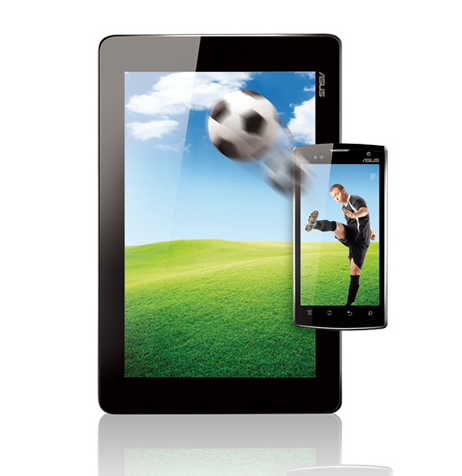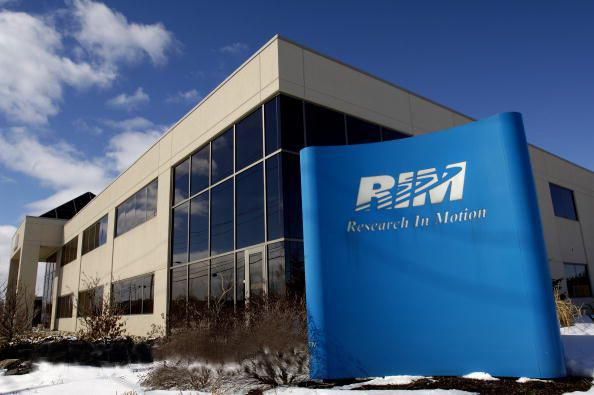As convenient and versatile as mobile devices have become, there are still times when that little 4-inch, 7-inch, or even 10-inch screen just isn’t enough. Maybe you want to enjoy your mobile apps and content with friends or colleagues – without knocking your heads together. Maybe you read the latest study that found that reading text, watching movies or playing games on small handheld screens could lead to problems with eyesight down the road. Or how about this one: you’re halfway through showing your awesome vacation video, and your phone’s battery suddenly goes dead. Sure, there are ways to output your handheld’s display to an HDTV, but they all seem to fall short in one way or another. Either the video quality is sketchy, the link is unstable, or both. Unless the connection supports HDCP, forget about watching copy-protected content like first-run movies. Wouldn’t it be great if you could just plug the phone into the TV and avoid all these problems? Display photos, watch movies, play games, and enjoy your mobile apps on the big screen, controlling it all with your TV remote and charging your phone’s battery while you’re at it? It’s not a fantasy, it’s MHL technology, and it’s here now.
MHL stands for Mobile High-Definition Link, a new digital interface that was purpose-built to connect smartphones and tablets to DTVs and other HD displays. It’s a high-bandwidth connection, capable of transmitting Blu-ray™ quality video and audiophile-quality 7.1-channel surround sound as a digital stream, with no signal compression.
MHL technology has a number of unique performance features that make it ideally suited for connecting mobile devices to DTVs. First, MHL technology is connector-agnostic, so manufacturers can link MHL-enabled mobile devices through its existing connector to just about any brand of DTV or monitor as long as it’s MHL-enabled or there’s an HDMI port. Rather than try to force mobile manufacturers to add an additional hardware connector, it allows them to repurpose what they already have on the device. Second, its streamlined architecture requires only five wires, allowing for extremely lightweight, flexible cables that make carrying them around simple. Third, it does more than just transmit audio and video. It’s a smart connection that allows the user to interact with a smartphone or tablet using the TV’s remote control, and for the TV to recharge the phone or tablet’s battery while it’s connected. Finally, being able to charge your mobile device while it’s connected to the TV may sound like a small thing, but it’s a huge convenience factor — especially compared to other connectivity options, such as Wi-Fi, that will drain your battery faster than you can say “drain your battery.” Of course Wi-Fi has other performance issues, like the fact that it can be prone to radio interference from other devices on its increasingly congested frequency band.
Signal compression is another shortcoming of many legacy interconnects, both wireless and wired. They just don’t have the bandwidth to handle HD content without running it through compression and decompression algorithms, an inherently “lossy” process. MHL technology, by contrast, provides plenty of uncompressed bandwidth for even the richest content, so what comes out of the TV is exactly what you loaded into the phone, with no loss of clarity or fidelity, even if it’s 1080p video with high-fidelity surround sound. And since MHL technology offers native support for HDCP copy protection, you can watch protected content without running afoul of anti-piracy measures.
MHL technology also offers the unique benefit of being able to control your mobile device with your MHL-enabled TV’s remote. Forget about scrolling through tiny windows and pressing tiny buttons – now you can do it all on the big screen thanks to something called the Remote Control Protocol (RCP), a technology that’s built into MHL-enabled TVs, phones, and other devices. Better still, it’s brand-agnostic, so you can connect any phone with MHL connectivity to any MHL-enabled TV, regardless of manufacturer, and control your mobile apps through the TV.
MHL technology is backed by an industry Consortium co-founded by Nokia, Samsung, Sony, Silicon Image, and Toshiba. As of October 2011, more than sixty additional companies have licensed the technology as Adopters. Adopters agree to submit their products to a compliance testing program, helping to ensure reliable performance and cross-vendor interoperability. Many MHL-enabled products are already on the shelves, including smartphones, tablets, adapter cables, and the first wave of DTVs featuring a new, dual-purpose, MHL/HDMI port. Legacy TVs, projectors, and other display devices can be made MHL-ready with the use of adapters, also available now.
While MHL is hardly a household word at this point, this could change rapidly as the pace of adoption increases, more products hit the stores, and more consumers experience the unique benefits of the technology. What’s not to like about watching a movie, TV show, or YouTube video from your phone on a big-screen DTV with surround audio and walking away with your phone fully charged and ready to go? Or playing your favorite games on a 46-inch screen instead of a 4-inch for that truly immersive experience? Sharing photos and videos likewise gets a lot easier and more convenient with MHL technology. As smartphone cameras offer increasingly higher image quality and video recording capabilities, MHL connectivity provides the reliable, high-bandwidth connection people need to share these images with family and friends, or to pull them down from an online gallery and show them on the living room TV.
Business travelers can also benefit from MHL connectivity. With an MHL-enabled video projector, the savvy road warrior can now carry all her slides and demos on a smartphone, update them on the plane or even in a taxi, and plug in to the projector at her destination for a high-resolution, high-impact presentation. The technology also has potential applications in automotive, aircraft, and hotel environments – wherever people travel with their handheld devices.
As consumers increasingly view a smartphone or tablet as their primary computing device and content repository, the rise of MHL technology marks an important step forward in that trend. By giving users the option of switching over to a big screen at any time, it makes it easier to view the handheld as a legitimate replacement for the PC, or at least to create a more seamless interface between the two devices, by offering greater flexibility in how people interact with their content and apps.
In brief, MHL technology has the potential to revolutionize the way we interact with our smartphones and tablets, delivering a premium big-screen experience when the small screen just isn’t enough. Optimized for mobile platforms, designed for an immersive audiovisual experience, and built with on-the-go consumers in mind, it has established its roots in the industry with products already in retail and a promising future.





